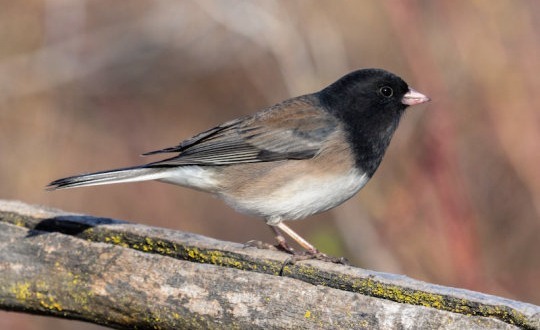Climate change is not just a human issue; animals must also adapt to it. As the earth warms, some “warm-blooded” creatures are changing shape and growing larger beaks, legs, and ears to better regulate their body temperatures. Sara Ryding of Deakin University in Australia, a bird researcher, details these changes in a review published in the journal Trends in Ecology and Evolution on September 7th.
“When people hear about climate change in the news, they frequently question, ‘Can humans overcome this?’ or ‘What technology can solve this?’ “It’s past time for us to acknowledge that animals must adjust to these changes as well, but on a far shorter timescale than would have occurred across most of evolutionary time,” Ryding adds. “We have put a lot of pressure on them because of the climate change we have caused, and while some species will adapt, others will not.”
Ryding points out that because climate change is a complex and diverse process that has been evolving through time, pinpointing a single reason of the shapeshifting is challenging. Apart from climate change, these changes have occurred across vast geographical regions and across a varied range of species, so there is little in common.
Birds have been known to exhibit strong shapeshifting. Since 1871, the bill size of several Australian parrot species has increased by 4% to 10% on average, and this is positively connected with the summer temperature each year. Increased bill size was linked to short-term temperature extremes in cold habitats in North American dark-eyed juncos, a tiny songbird. Changes in animal species have also been recorded. Wood mice have longer tails, while masked shrews have longer tails and legs, according to researchers.
“The increases in appendage size we’ve seen so far are quite minor — less than 10%,” Ryding says, adding that the alterations are unlikely to be evident right away. “However, obvious appendages like ears are expected to grow in popularity, so we could see a live-action Dumbo in the not-too-distant future.”
Ryding then plans to explore shapeshifting in Australian birds directly by scanning museum bird specimens from the previous 100 years in 3D. It will help her team figure out which birds are changing their appendage size as a result of climate change and why.
“Shapeshifting does not imply that animals are adapting to climate change and that everything is ‘fine,'” Ryding argues. “It basically means they’re evolving to withstand it — but we don’t know what the other ecological repercussions of these changes will be, or whether all species will be able to evolve and survive.”

